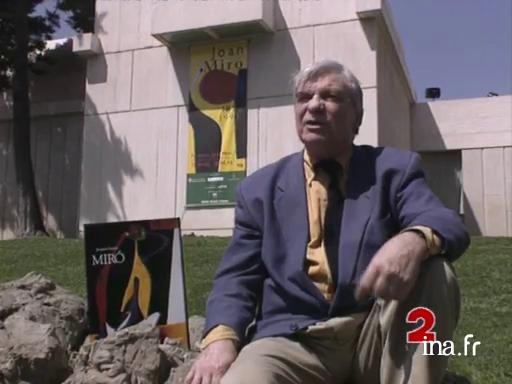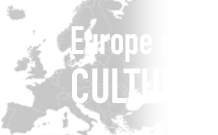Miro retrospective in Barcelona

Information
Retrospective of 180 paintings and 300 drawings by Joan Miro in Barcelona to celebrate the artist's hundred years. The exhibit is inaugurated by Spain's Queen Sophia. Presentation of Miro's main paintings and sculptures with commentary on the principle themes of his work, his admiration for Antoni Gaudi and the different artistic movements to which he belonged.
Context
A student of modernist Barcelona, influenced by Dadaism, Joan Miro (1893, Barcelona - 1983, Palma de Mallorca) has a pictorial language so unique that he managed to disorientate the most hardened surrealists. Breton and Eluard, who came to visit his workshop in 1925 to see if the Catalan should join their ranks, left disorientated. Miro would say of these revolutionaries that they were "locked in a completely bland traditionalism". Pablo Picasso, Marx Ernst and Georges Bataille held a great admiration for him and one of his first buyers went by the name of Ernest Hemingway.
Even though the younger years of Miro in Paris, where he came to make a living from his art, were marked by misery, recognition came at the end of the 1920s. He shared his time between Paris and the family farm in Montroig, near Tarragona. Catalonia held an esteemed position in his work. He was much affected by the Spanish war, fleeing France during the Second World War, he moved to Palma de Mallorca in 1941 with his wife, Pilar Juncosa, and their only daughter.
Painter, sculptor, ceramicist, Miro showed that his palette was a lot more complex than the childish traits that Breton attributed to him when starting out. Over the years, weightless poetic forms have made way for sexual allusions that are often very crude and a cosmic universe populated by strange characters.












